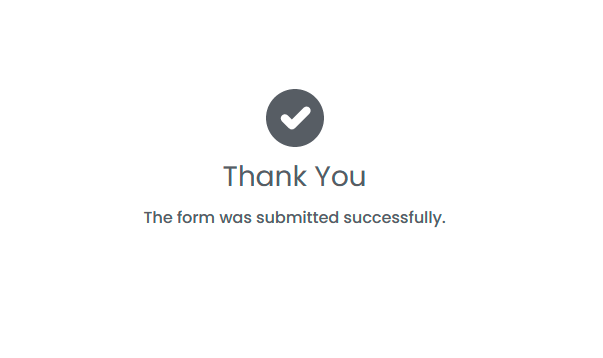Release 4.2
Release 4.2 of Tibbo AggreGate significantly increases system connectivity and device management capabilities by introducing a number of new features and modules:
| Modbus Device Driver | Auto-generation of widgets |
| OLE for Process Control (OPC) Device Driver | Gauge, meter and compass widget components |
| Major improvements in device communication and synchronization | Absolute positioning in widget containers |
| Trackers | Event-driven widget scripts |
| Alert Hysteresis | Support for PostgreSQL and Oracle database servers |
| Alert acknowledgment by E-mail | Fully-functional embedded text editor with syntax highlighting |
| Execution of external applications upon alert | Over two hundred smaller features and improvements |
| Data-related context actions |
Modbus Device Driver. Full support for Modbus TCP, UDP, RTU, ASCII, and BIN. Unlimited number of registers per device, with individual polling and synchronization options.
OLE for Process Control (OPC) Device Driver. This driver lets LinkServer act as an OPC Client and communicate with OPC Servers from different manufacturers. OPC Data Access (DA) 2.0 specification is fully supported, including arrays and other complex types. Connections are established using Distributed COM (DCOM) technology which brings several advantages over other OPC Clients, such as interacting with OPC Servers running on remote machines or accessing them from operating systems other than Microsoft Windows. OPC Device Driver is fully functional on versions of LinkServer for Linux and other operating systems.
Major improvements in device communication and synchronization. This includes several methods of fine-grained synchronization control: custom synchronization period for individual settings, Direct mode allowing avoiding caching and perform all read/write operations to a device directly and suspending devices (temporarily disabling all device I/O).
Trackers. Trackers help monitor mission-critical server data in real-time. All trackers are shown together in a single table using color highlighting to indicate their state.
Alert Hysteresis. "Hysteresis" is a term describing the delay between an event and a response to it. This feature allows operators to specify how long the alert condition should last before the alert is actually raised. This is extremely helpful for defining alerts like "temperature is over 50 degrees for more than 10 minutes".
Alert acknowledgment by e-mail. LinkServer can check incoming mail by polling a POP3 mailbox, so system operators may set alert acknowledgments by replying to an alerting e-mail message and writing an acknowledgment in the reply text.
Data-related context actions. Right-click on any data being viewed or edited to access actions that can be applicable to process it, such as Create Chart or View Change History.
Widgets auto-generation. Create a custom form for editing a complex data structure with just a few mouse clicks. This form may be later fine-tuned in the GUI Builder to better suit your needs.
Gauge, meter and compass widget components. These highly configurable components are ideal for building custom Human-Machine Interfaces (HMI) for SCADA and sensor monitoring applications.
Absolute positioning in widget containers. Combination of grid and absolute layouts helps to build complex graphical interfaces.
Event-driven widget scripts. Scripts may be launched upon different system events or just periodically. They can perform widget interface modification on-the-fly, along with custom data processing.
Fully-functional embedded text editor with syntax highlighting. For editing Java code, XML documents, SNMP MIB files, etc.
